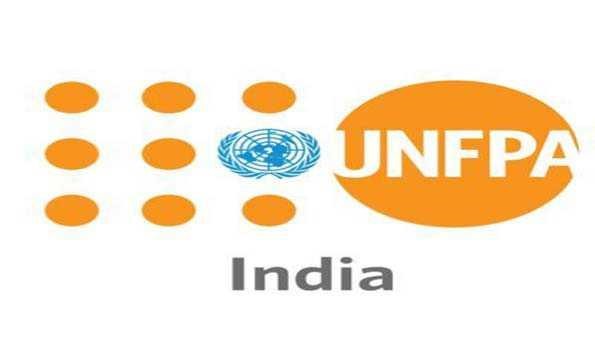UN Report Urges Support for Reproductive Autonomy
UN Report Urges Support for Reproductive Autonomy
Why in News?
The United Nations Population Fund’s State of World Population Report 2025 emphasizes that fertility policies worldwide are still driven by population fear narratives. It urges governments to focus on reproductive autonomy, not coercion, amid declining global fertility rates and changing India demographics. The report also highlights the need to address the potential India crisis related to demographic shifts and their implications for life expectancy and healthcare systems.
Global Decline in Fertility and Misplaced Policy Concerns:
- The Total Fertility Rate (TFR) is declining globally, even in low- and middle-income countries.
- Total Fertility Rate is now below the replacement level of 2.1 in most high-income countries, and even countries like India have reached this benchmark, indicating a significant fertility rate decline.
- The report warns against fear-driven policies, which often label either population explosion or population decline as catastrophic.
- Countries like China, Japan, and South Korea that previously reduced Total Fertility Rate are now struggling to raise it, showing policy inconsistency.
- The Tamil Nadu fertility rate, for instance, is well below the national average, exemplifying regional variations within India.
Harmful Outcomes of Coercive Fertility Measures
- The report notes that forced or incentivized sterilization, especially of women, reflects a gender imbalance in reproductive interventions.
- In India, despite higher incentives for male sterilization, female sterilization dominates, indicating coercive or poorly designed policies.
- Low fertility isn’t inherently negative; it’s often due to delayed childbirth supported by contraception access, especially in high-income nations.
- Prevailing gender norms often influence reproductive decisions and access to healthcare services, which can impact life expectancy.
Way Forward: Reproductive Autonomy and Informed Choices
- The UNFPA calls for global investment in reproductive rights, regardless of Total Fertility Rate levels.
- Fertility policies should empower individuals to make informed reproductive choices rather than controlling them.
- Supporting reproductive autonomy ensures healthier demographics and respects human rights in the long term.
The report highlights the importance of addressing unmet reproductive goals and improving access to sexual reproductive health services. It emphasizes the need for women’s empowerment and education to support informed decision-making about family planning. The focus should be on providing comprehensive reproductive healthcare and addressing state-level variations in fertility rates and access to services, which can contribute to improvements in overall life expectancy.
As India’s population growth continues to slow, policymakers must shift their focus from India population control measures to ensuring demographic resilience. This involves addressing challenges such as urban-rural gaps in healthcare access, reducing maternal mortality, and supporting educational attainment for all, factors that collectively influence life expectancy.
The report also touches on the importance of addressing the adolescent fertility rate and providing youth-friendly health services. By focusing on these areas, India can better harness its demographic dividend and ensure a balanced population composition as it progresses through its demographic transition.
Understanding India’s population pyramid is crucial for policymakers to address the needs of different age groups effectively. The current structure, with a large youth population and working age population, presents both opportunities and challenges for India’s socio-economic development and future life expectancy trends.
As we look at India population 2024 estimates and projections for 2025, it’s clear that the country is undergoing significant population change. The declining India birth rate and increasing life expectancy are reshaping the demographic landscape, necessitating adaptive policies to address the evolving needs of the population.
In conclusion, India’s demographic journey reflects a complex interplay of factors influencing fertility rate in India and overall population change. As the country navigates its demographic transition, policies must evolve to support reproductive autonomy, harness the potential of its youth and working-age population, and prepare for an aging society, ensuring a balanced and sustainable demographic future. The focus on improving life expectancy, addressing unintended pregnancies, and challenging restrictive gender norms will be crucial in shaping India’s demographic destiny. The ongoing improvements in life expectancy, coupled with the declining Total Fertility Rate, underscore the need for comprehensive policies that address both the opportunities and challenges presented by India’s evolving demographic profile.




